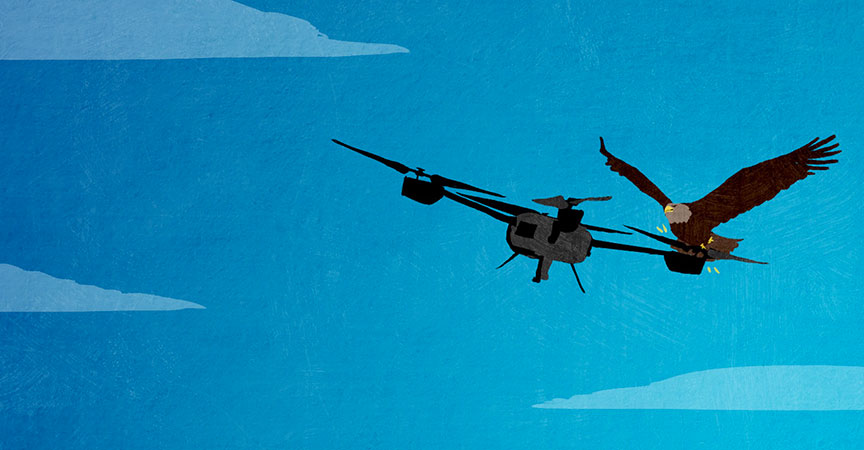Unmanned Aircraft Systems (UAS) have become increasingly prevalent in the last decade. The combined total hobbyist and commercial UAS sales are expected to rise from 2.5 million in 2016 to 7 million in 2020 (FAA, 2017). However, despite this rapid growth in UAS deployment, knowledge of the effects of UAS on wildlife is very limited to date. Additionally, there have been a limited number of studies examining the effects of UAS operations on either seabirds or marine mammals, particularly when flown at lower altitudes. More extensive research is needed to assist in shaping guidelines for the safe use of UAS.
Here, the author describes some frequently used UAS flown in close proximity to wildlife, provide a review of studies that have addressed behavioral impacts to date, and offer several recommendations for ways in which to minimize the impacts of UAS usage on seabirds and marine mammals.

